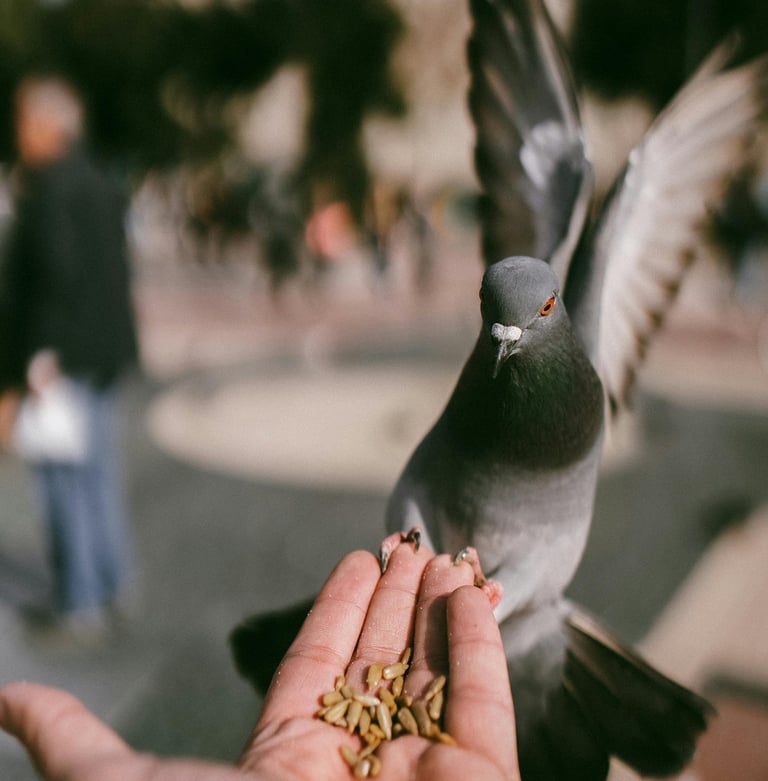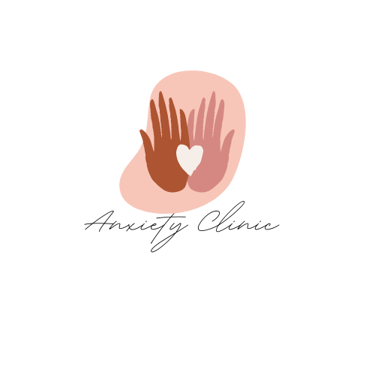For Questions: Text (833)233-0869
Animal-Assisted Therapy for Anxiety Management: A Comprehensive Guide


Introduction
In today's fast-paced world, anxiety disorders affect millions of people globally. While traditional therapies and medications play crucial roles in managing anxiety, alternative approaches like animal-assisted therapy (AAT) have gained attention for their therapeutic benefits. This article explores the concept of animal-assisted therapy, its effectiveness in managing anxiety, the types of animals involved, and practical considerations for those considering this approach.
Understanding Animal-Assisted Therapy (AAT)
Animal-assisted therapy (AAT) involves interactions between individuals and animals to achieve therapeutic goals. Unlike service animals trained for specific tasks, animals in AAT provide emotional support and companionship, aiding in alleviating symptoms of anxiety and improving overall well-being. This therapeutic approach is rooted in the belief that animals can positively impact human health by reducing stress levels and promoting relaxation.
How Animal-Assisted Therapy Helps with Anxiety
Emotional Support and Companionship: Animals, such as dogs, cats, horses, and even smaller animals like rabbits and guinea pigs, offer unconditional love and companionship, which can reduce feelings of loneliness and isolation, common triggers for anxiety.
Stress Reduction: Interacting with animals has been shown to lower cortisol levels and reduce physiological responses to stress, such as elevated heart rate and blood pressure. This physiological calming effect contributes significantly to anxiety management.
Social Interaction: For individuals with social anxiety disorder, engaging in activities with animals can serve as a bridge to social interaction, as animals often provide a non-judgmental and supportive presence.
Distraction and Relaxation: Playing with or caring for animals can serve as a healthy distraction from anxious thoughts and behaviors, promoting relaxation and mindfulness.
Types of Animals Used in Animal-Assisted Therapy
Dogs: Known for their loyalty and ability to bond closely with humans, dogs are one of the most commonly used animals in AAT. They are trained to provide comfort and support in various settings, from hospitals to schools.
Cats: With their calm demeanor and affectionate nature, cats are increasingly used in AAT to help individuals relax and reduce anxiety symptoms.
Horses: Equine-assisted therapy involves interactions with horses and is particularly beneficial for individuals with PTSD and other trauma-related disorders due to the calming effect of working with these majestic animals.
Small Animals: Creatures like rabbits, guinea pigs, and birds are also employed in AAT, often in therapeutic settings for their gentle presence and ease of interaction.
Effectiveness of Animal-Assisted Therapy: What Research Says
Research into AAT has shown promising results:
A study published in Psychiatry found that AAT significantly reduced anxiety symptoms in children with autism spectrum disorder.
Research in Journal of Psychiatric Research highlighted that sessions with therapy dogs reduced anxiety and depression in college students.
Practical Considerations for Implementing Animal-Assisted Therapy
Finding Certified Therapy Animals: Ensure that animals used in AAT are certified and trained for therapeutic work to ensure safety and effectiveness.
Choosing the Right Setting: Whether in clinical settings, schools, or private therapy practices, consider the environment where AAT will take place to optimize its benefits.
Consultation with Healthcare Providers: Before starting AAT, individuals should consult with their healthcare providers to ensure compatibility with existing treatment plans and goals.
Conclusion
Animal-assisted therapy offers a unique and effective approach to managing anxiety, complementing traditional treatments with its therapeutic benefits. Whether through the companionship of a therapy dog or the soothing presence of a therapy horse, animals can play a pivotal role in reducing anxiety symptoms and enhancing overall well-being. As research continues to support its efficacy, AAT stands as a promising option for individuals seeking holistic approaches to anxiety management.
References
References can be tailored to specific studies and sources relevant to animal-assisted therapy and anxiety management, ensuring the article is well-supported and informative.
Final Thoughts
Implementing animal-assisted therapy requires careful planning and consideration of individual needs and preferences. By integrating the healing power of animals into treatment strategies, individuals can embark on a journey towards better anxiety management and improved quality of life. Whether you're considering AAT for yourself or someone you know, exploring this therapeutic avenue could lead to significant positive changes in managing anxiety.
